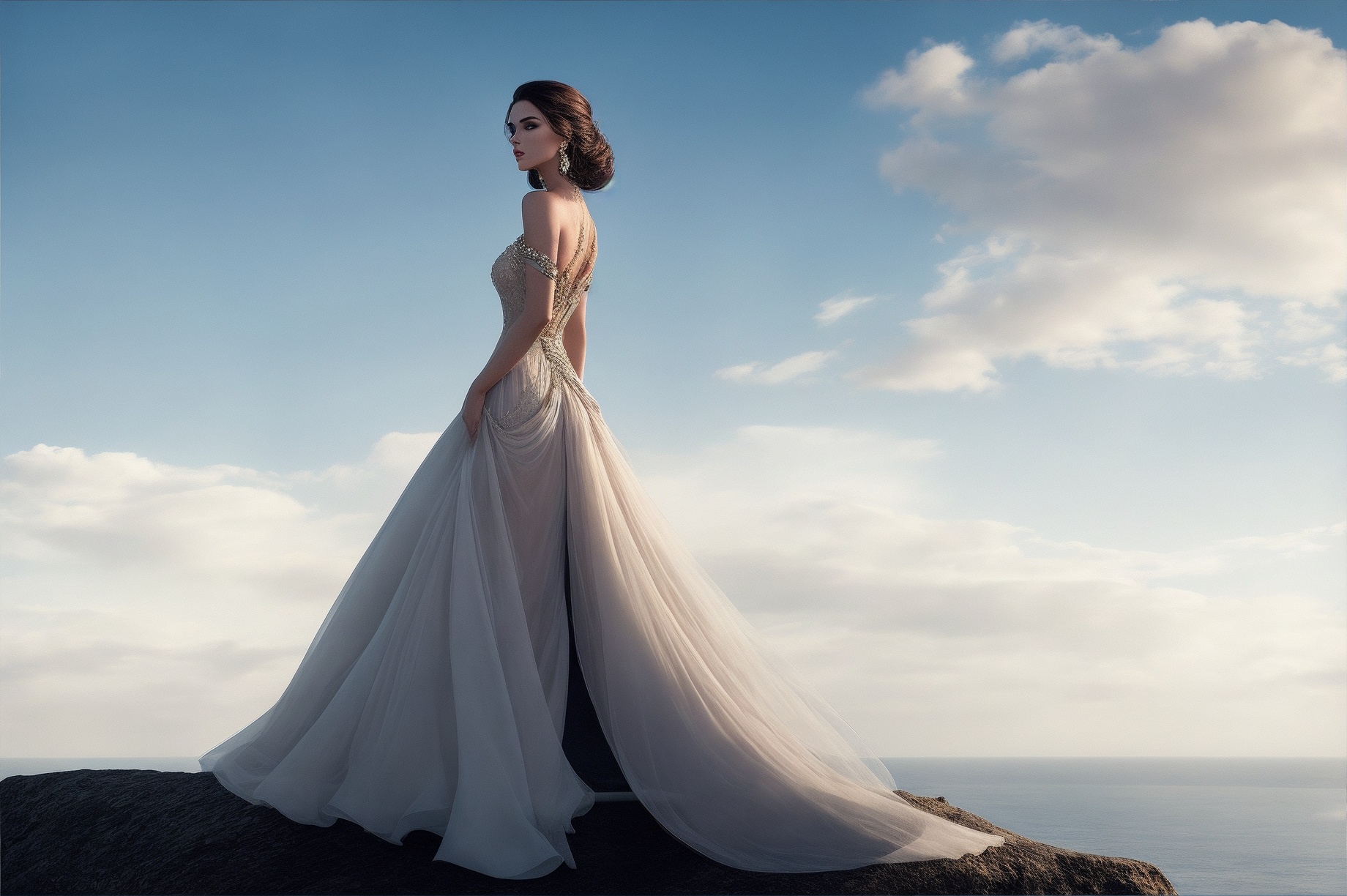Artificial Intelligence Revolutionizing the Modeling Industry

- August 15, 2023
- allix
- AI in Business
The synergy between artificial intelligence (AI) and the modeling industry has created a paradigm shift, redefining traditional standards and practices. The marriage of cutting-edge technology and creative expression has ushered in a new era of efficiency, diversity, and innovation.
The conventional process of selecting models for fashion shows, advertising campaigns, and other creative projects has long been a subjective and often biased endeavor. Human judgments, influenced by societal beauty standards and personal preferences, have historically played a significant role in determining who graces magazine covers or walks the runway.
AI algorithms have the remarkable capability to analyze vast amounts of data with unmatched speed and accuracy. These algorithms can consider an array of factors, including demographics, body measurements, facial features, and even social media engagement metrics, to pinpoint the ideal candidate for a specific project. This analytical approach diminishes the impact of subjective biases, paving the way for a more diverse and inclusive representation of models.
AI-driven model selection contributes to the enhancement of diversity and inclusivity in the modeling industry. By focusing on quantifiable data rather than preconceived notions, AI helps brands and agencies discover models from different ethnicities, body types, genders, and backgrounds. This shift toward inclusivity not only reflects the changing societal dynamics but also resonates more genuinely with audiences who are seeking authentic and relatable representation.
From Inspiration to Creation with AI
The realm of fashion design has undergone a digital revolution, with AI weaving itself into every stage of the creative process. Beyond aesthetics, AI has the potential to influence how designers conceive, develop, and deliver their collections to the world.
One of the most captivating applications of AI in fashion design is the utilization of generative adversarial networks (GANs). GANs consist of two neural networks—an artist and a critic—that work collaboratively. The artist generates novel design concepts, while the critic assesses their quality. This iterative process leads to the creation of designs that might have been overlooked using conventional methods. GANs not only expedite the design phase but also inspire designers to experiment with unconventional styles, resulting in a more diverse and innovative array of collections.
AI’s involvement in fashion design extends beyond conceptualization. Designers are increasingly relying on AI-powered tools to predict trends and consumer preferences. By analyzing historical fashion data, AI algorithms can forecast shifts in styles, colors, and fabrics. This predictive capability empowers designers to align their creative efforts with market demands, thus minimizing the risk of producing collections that fail to resonate with consumers.
Photo Shoots and Image Enhancement
AI’s impact on the modeling industry is not limited to model selection and fashion design—it has also brought about transformative changes in photo shoots and image enhancement. The traditional fashion shoot, with its meticulous arrangements and multiple takes, is now accompanied by AI-powered tools that enhance efficiency and creativity.
Virtual fitting rooms, a breakthrough innovation in the retail landscape, leverage AI to offer customers a unique shopping experience. Shoppers can visualize how clothing items will look on them without physically trying them on. By using augmented reality and machine learning, virtual fitting rooms create a realistic representation of how the garment will fit and drape on the individual. This technology enhances the online shopping process by reducing uncertainty and subsequently lowering return rates.
In the context of photo shoots, AI has elevated image editing and manipulation to unprecedented heights. AI algorithms can retouch images with an unparalleled level of precision, removing imperfections while maintaining the model’s distinctive features. This quest for hyperrealism raises ethical considerations. While AI-enhanced images may appear flawless, the industry must strike a balance between enhancing reality and perpetuating unrealistic body ideals. Maintaining authenticity while leveraging AI’s capabilities is a challenge that requires careful navigation.
Ethical Considerations
The integration of AI into the modeling industry brings about a host of ethical challenges that require thoughtful consideration. As algorithms take on the role of determining beauty standards and influencing creative decisions, concerns about perpetuating stereotypes and biases come to the forefront. It is crucial for developers and industry stakeholders to work collaboratively to ensure that AI-driven processes celebrate diversity and uphold the values of the society they serve.
The line between authenticity and artificial enhancement becomes increasingly blurred with the use of AI in image manipulation. The ability to digitally alter appearances while maintaining a sense of realism raises questions about transparency and truthfulness. Striking a balance between artistic expression and the representation of genuine human characteristics is pivotal.
The concept of informed consent takes on a new dimension as AI advances. Models and consumers must be aware of how AI technology is used in the creation and manipulation of images. The responsibility to maintain transparency falls on both creators and consumers alike, fostering an environment of trust and ethical practice.
Categories
- AI Education (39)
- AI in Business (65)
- AI Projects (87)
- Research (77)
- Uncategorized (3)
Other posts
- Neck Liposuction Abroad: Say Goodbye to Double Chin, Hello to Defined Confidence
- Dental Veneers Abroad: Get Your Dream Smile for Less
- Endoscopic Brain Surgery Abroad: Safe, Affordable & Advanced Options You Can Trust
- Say Goodbye to Unwanted Moles: Discover Safe, Affordable Mole Removal Abroad
- Mastoidectomy Abroad: Affordable, Safe, and Life-Changing Ear Surgery
- Buccal Fat Extraction: Sculpt Your Dream Look with the Experts at Best Clinic Abroad
- Get Fast Relief from Spinal Fractures: Kyphoplasty Surgery Abroad with BestClinicAbroad
- Curious About Genetic Testing for Fertility? Here’s What You Need to Know (and Why People Trust Best Clinic Abroad to Book It)
- Hip Pain Ruining Your Life? Here’s Why More People Are Getting Hip Replacements Abroad with Best Clinic Abroad
- Breathe Easier: Why Best Clinic Abroad is Your Top Choice for Septoplasty
Newsletter
Get regular updates on data science, artificial intelligence, machine



